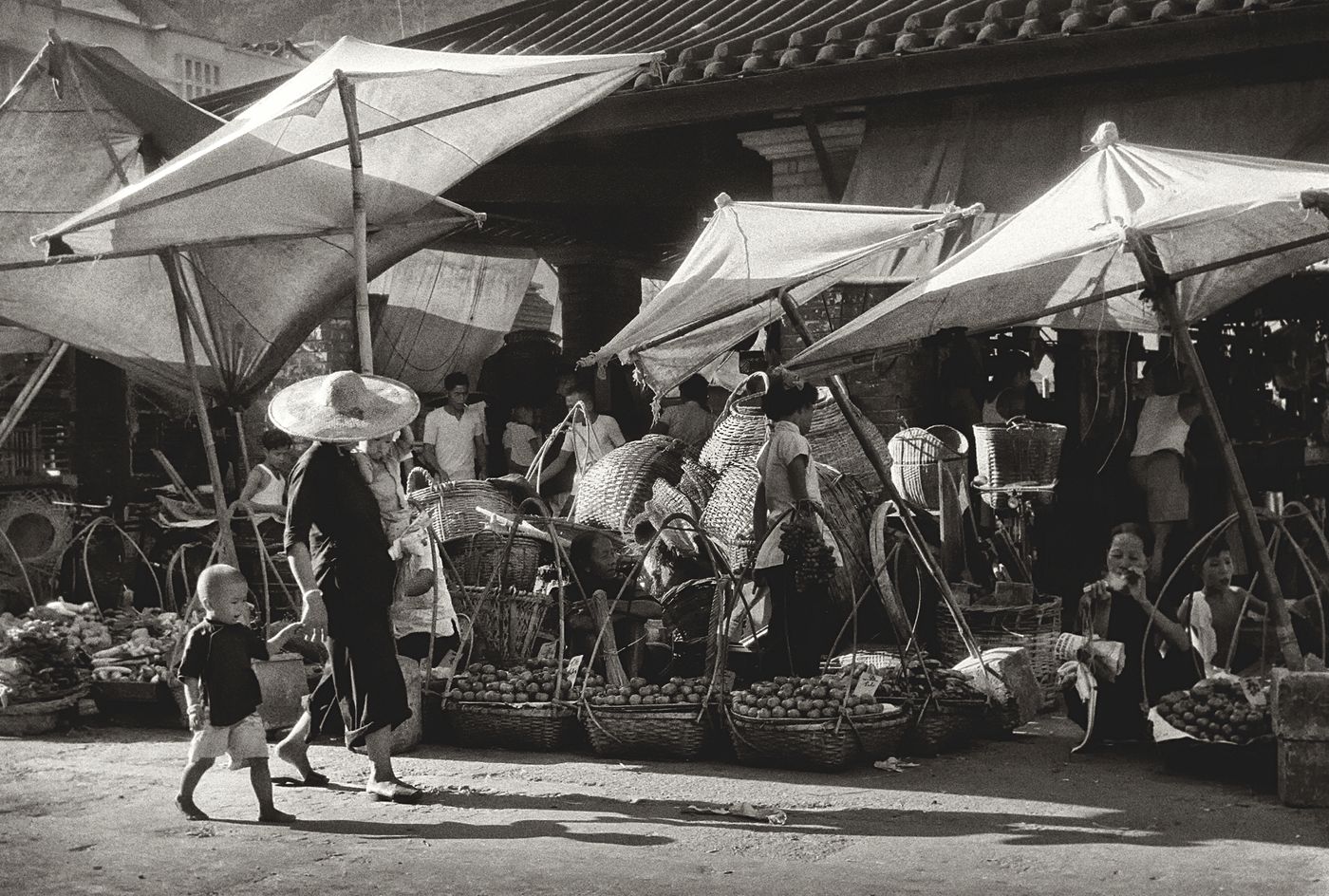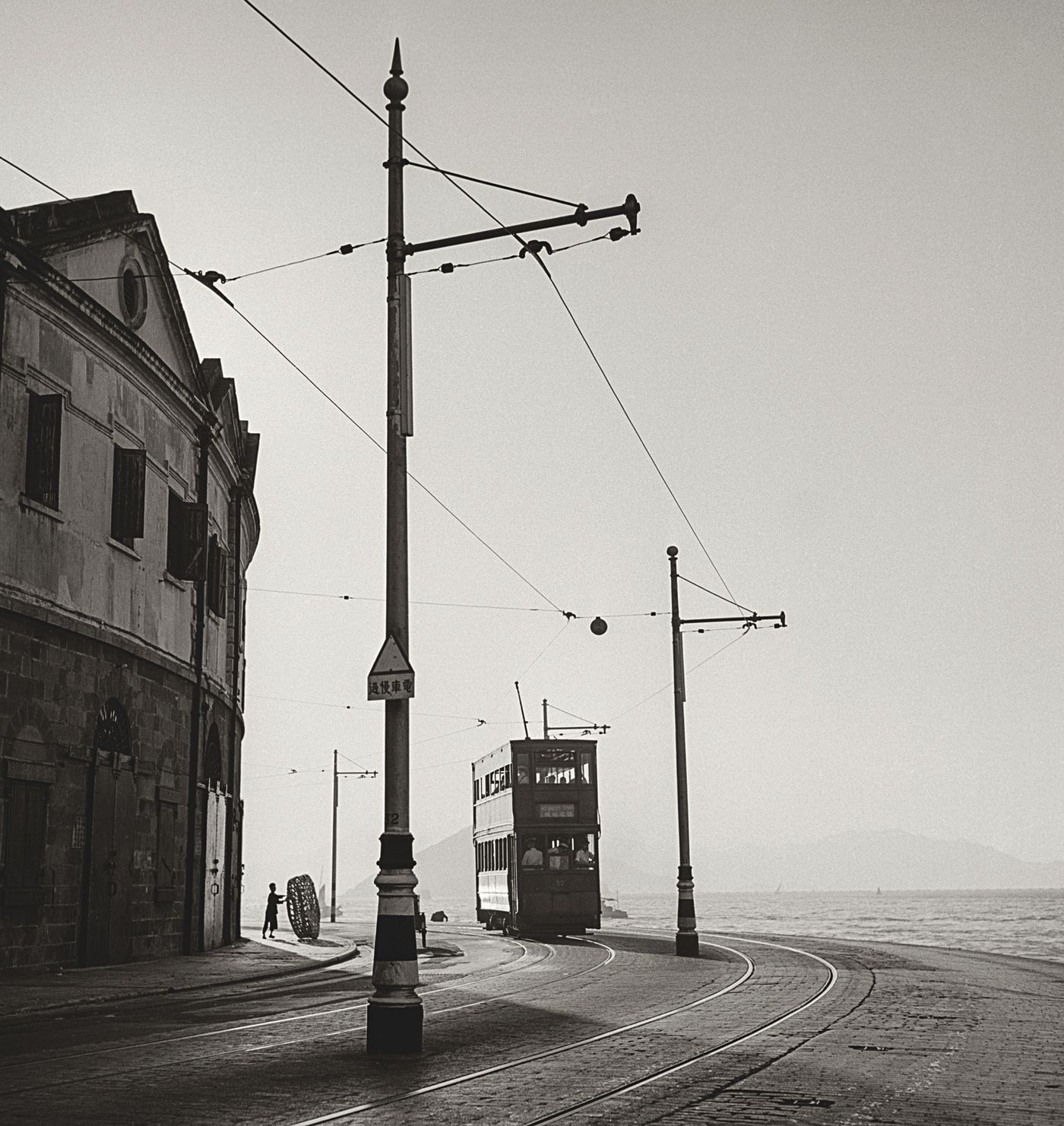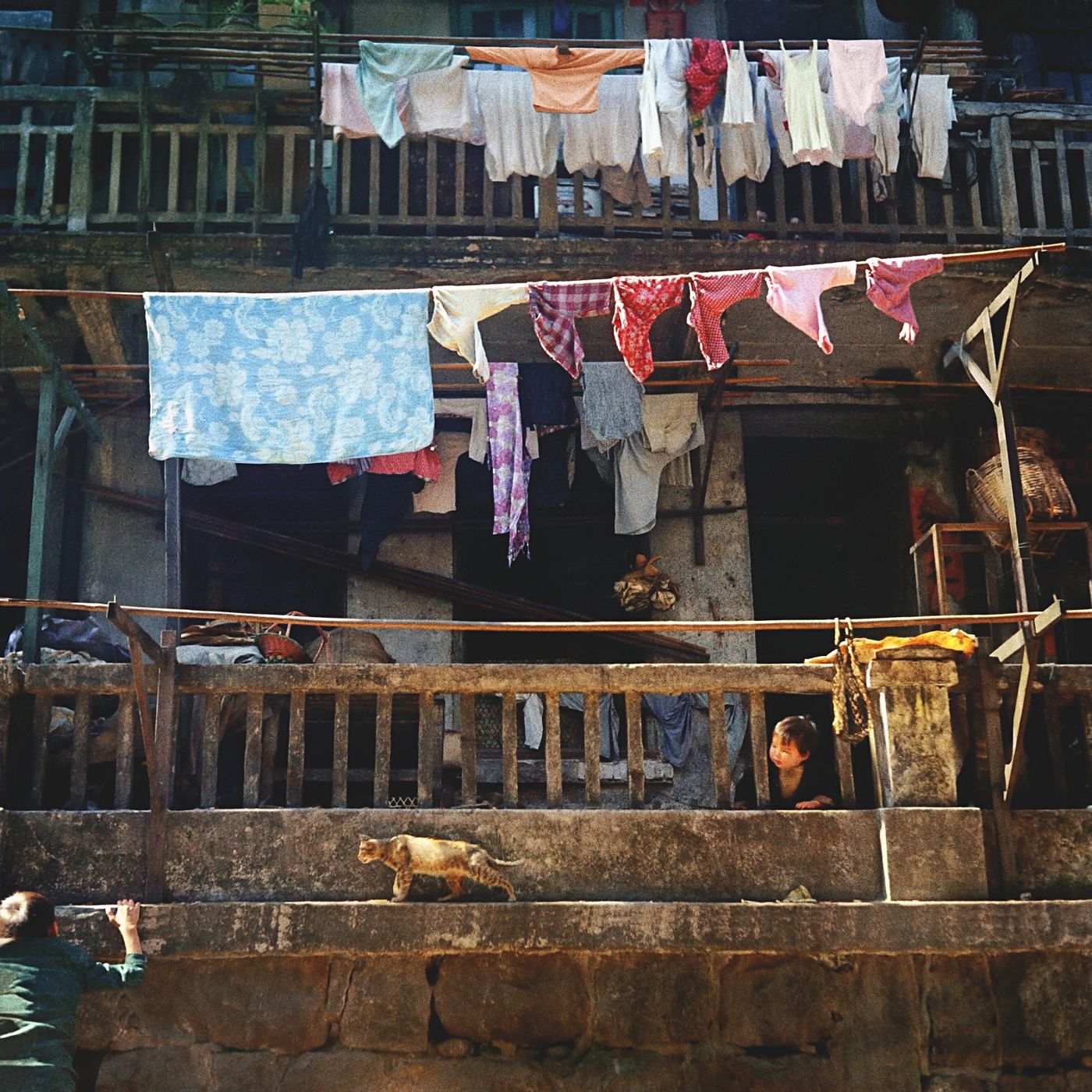
顯影(PhotogStory)是香港一個專注攝影寫作的平台,透過攝影了解歷史與世界。 https://www.instagram.com/photogstory/ https://linkin.bio/ig-photogstory
[One of the old photos of Hong Kong] "Oriental Bresson" Ho Fan's posthumous work "Reading the Old of Hong Kong People"

Recently, I have been busy preparing a small lecture "Post-Millennial Hong Kong Photographic Publications" at the Hong Kong Photo Book Festival. I haven't read and published articles on Matters for several days. So this time, I plan to update a series of [Old Hong Kong Photos] that I like very much. , These precious photos are simply enviable of the beauty of the past.
In 2016, famous photographer and director Fan Ho died of illness in the United States at the age of 85. In the last period of his life, he was preparing a photo book "Remembering the Old Times of Hong Kong People". After his death, his family selected 153 works from the selected 500 posthumous works and compiled them into a book. It was published in 2017. Fan's gallery, Blue Lotus Gallery , held a sale at Sotheby's Art Space, "Ho Fan: The Lens Tells Hong Kong Light and Shadow", exhibiting more than 30 original classic works. In March 2019, the gallery will hold "Portrait of Hong Kong" again, exhibiting another batch of works in the book, which not only misses Fan Ho, but also revisits the old look of Hong Kong.
The story begins in 2015, when Sarah Greene, the director of the gallery at the time, worked with San Jose and Fan Ho to sort out old film negatives and found many works that were shot in the 1950s and 1960s but never published. Fan Ho liked these photos very much, but in the age of salon photography, the so-called realistic photography was not taken seriously. So the two decided to publish the photos at that time. Fan Ho spent a year re-examining the batch of dusty films, scanning and cutting them, and writing titles for each photo himself.

Fan Ho is known as the "Oriental Bresson" and a magician of light and shadow. He is very particular about light and shadow. His mastery of multiple exposures is also superb. The combination of street and sea level, and the sailboats in the alley, show his unique aesthetic vision. However, in the book "Reading the Old Times of Hong Kong People", there are more realistic photos, focusing on the faces of Hong Kong people. The pictures of various scenes of the market he took are full of humanistic flavor, such as the coolies carrying the goods, the hawkers selling on the streets, the children playing on the streets, etc., recording the suffering and perseverance of the Hong Kong people in those days. Some people say that it is street photography, but it is actually a The records of the times, even if they are revisited half a century later, are still very kind, and everything is so beautiful and memorable.
In recent years, Fan Ho is a hot name in the Hong Kong photography industry, and you have heard more or less of his deeds. Born in Shanghai in 1931, as the only son of a wealthy businessman, he had a happy and carefree childhood. In 1941, when the Japanese army occupied Shanghai, the parents who were on business in Macau were forced to stay there due to the war and could not see each other for nearly four years. At that time, curiously, he picked up his father's Kodak Brownie camera to shoot, and since then has forged an indissoluble bond with photography.

At a young age, he has already won awards for his photos of the Bund in Shanghai. At that time, there was no photography school or courses in Shanghai. He taught himself through photography books and films with enthusiasm. Darkroom developed photos. At the age of eighteen, he acquired a Rolleiflex twin-lens camera and continued to pursue his photography dream, with which he took many famous works.
The family reunited after the war, moved to Guangzhou two years later, and settled down in Hong Kong in 1949. Fan Ho loves literature and classical music. He studied comparative literature at New Asia College. He is particularly interested in Chinese classical literature. He also incorporates the artistic conception of poetry into photography. This technique can also be seen in his later works. In college, Fan Ho interrupted his studies to travel and photography due to his unsatisfactory academic performance, and then returned to college to study drama. Fan Ho mentioned in an interview that he originally wanted to be a writer, but then he had a severe headache and had to stop reading and writing, so he could only use the camera as a ghostwriter.

In the 1950s, there were no formal photography schools in Hong Kong. In order to gain more photography knowledge, Fan Ho joined several amateur photographers associations, including the Hong Kong Photographic Society and the China Photographic Society. At that time, the amateur photography circle in Hong Kong was quite prosperous, and it was also recognized in the United States and other places. Fan Fan actively participated in it and wrote photography articles for several journals. At that time, the photography society liked to go out to shoot in groups. However, the photos taken were often similar. All Fan Ho preferred to be a loner. In addition to the common poetic light and shadow of sailboats in salon photography, he also captured many streets and alleys in a realistic way. The collection of various expressions makes his works particularly distinctive. During his more than ten years active in the photography industry, he has won many awards in the international photography industry.
As the saying goes, filming is good and directing. Fan Ho also has a dream of being a film director, but his directing career has not been smooth sailing. When he joined Shaw Brothers in the 1960s, he longed to become a "Hong Kong Fellini". In fact, he wanted to be a director. However, at that time, Shaw Brothers needed actors. He thought that actors could learn the process of filmmaking, not to mention the famous director Li Hanxiang. He used to be an actor, which also makes him feel that he can follow this road to bravely enter the film industry.
At that time, he signed a contract with Shaw Brothers for eight years, and participated in films such as "No Love" (1961) and "The Secret History of the Song Palace" (1965). Of course, his most famous role was playing Tang Seng. "Journey to the West", "Princess Iron Fan" and "Pansi Cave" and other works. Despite this, he still wanted to be a director in his heart. He served as an assistant director in 1961's "Swallow Thief", and also produced a black and white silent short film "Little People in a Metropolis".

The 1970s was a turning point in his directing career. The short film "The Lost" directed with Sun Baoling was successfully selected for the Cannes Film Festival in 1970. In 1972, he started his career in aesthetic literary and erotic films with "Blood Love", and filmed "Spring in Denmark". (1973), "First Night Stand with First Brother and First Girl" (1977) and "Three Temptations" (1990), among which the 1986 "Ukiyo Style Painting" (Meat Futon) is the most well-known and also makes him famous. The name of the "three-level film director" spread like wildfire. Fan Ho admitted later that he did not like directing pornographic films, but only made them for food. Released in Hong Kong.
Fan Ho has been directing since 1996. After retiring at the age of 65, he left Hong Kong and went to San Jose to reunite with his family. Encouraged by his family, he began to organize the photos he took when he was young and published "Hong Kong Yesterday" (2006), "The Living Theatre" (2009), "A Hong Kong Memoir" (A Hong Kong Memoir) , 2014) and his posthumous photo collections such as "Remembering the Old Times of Hong Kong People" (Portrait of Hong Kong, 2016, 3rd edition published in 2020). He once said that in the triple identities of actor, director and photographer, his favorite is still photography.

· Welcome to follow and support development: Instagram / PayMe
· Image via Fan Ho Trust and Estate and Blue Lotus Gallery
Like my work?
Don't forget to support or like, so I know you are with me..
Comment…